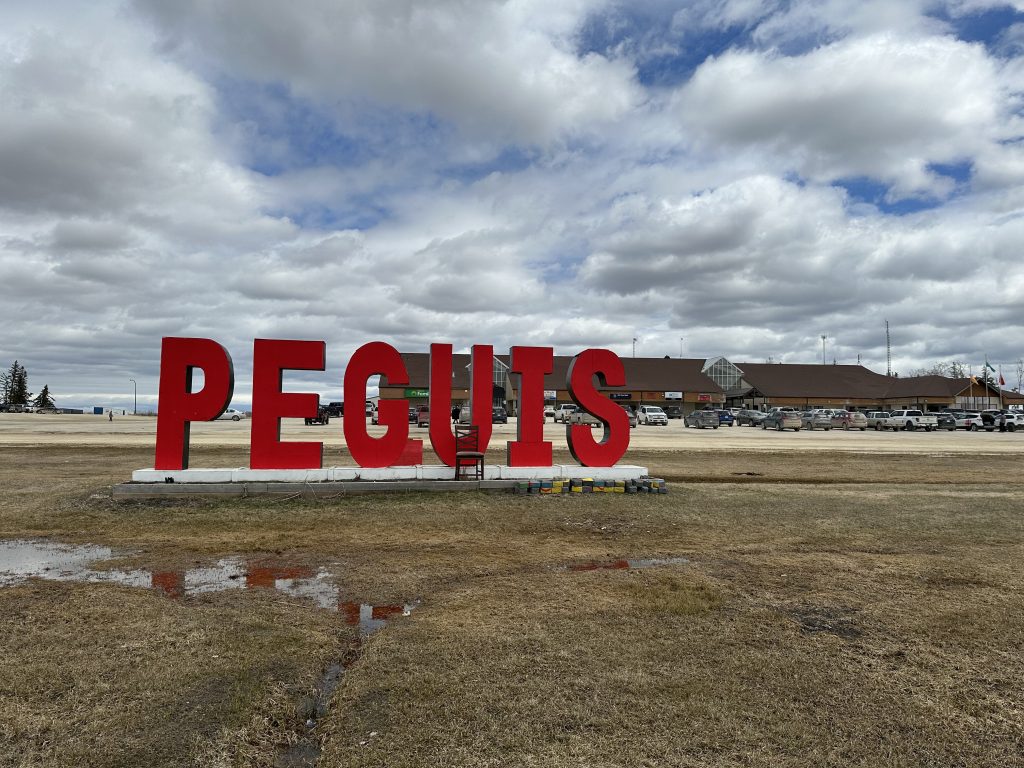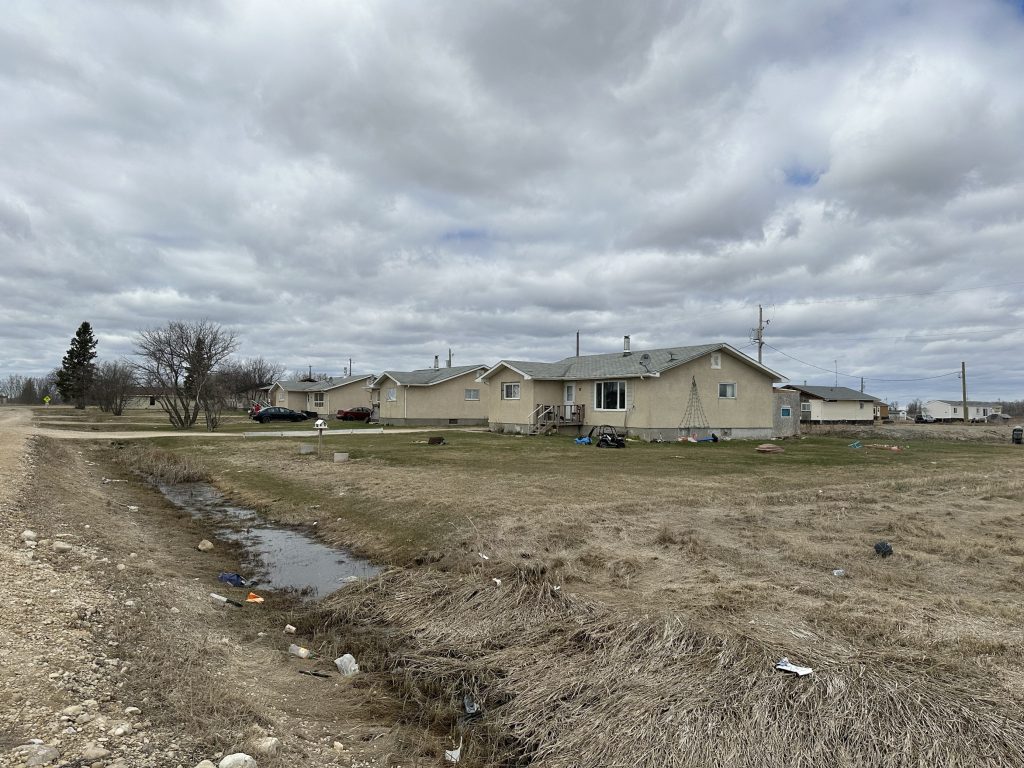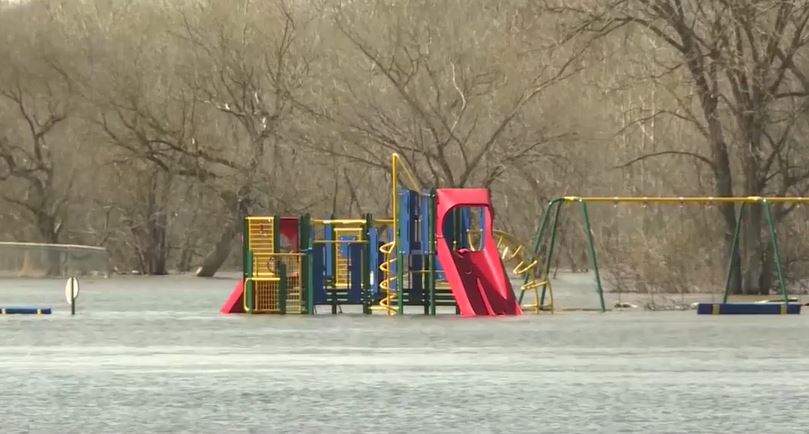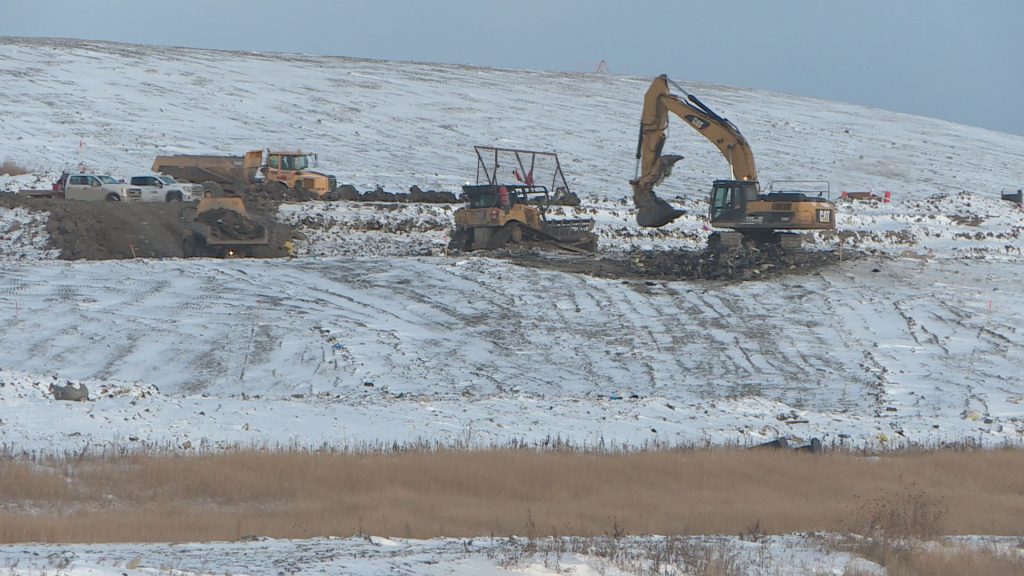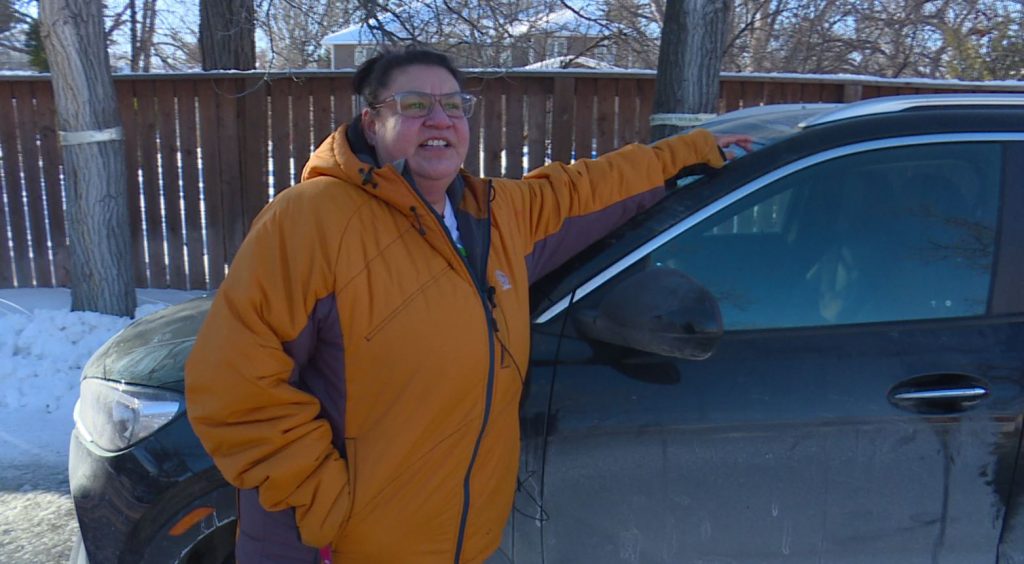First Nations leaders asking for provincial consultation regarding flood control project
Posted June 13, 2024 4:34 pm.
Last Updated June 14, 2024 10:15 am.
First Nations leaders are calling on the province of Manitoba to consult on a flood control management project north of Winnipeg, as the federal Minister of Environment and Climate Change finds the project will likely have adverse environmental effects on Indigenous Peoples.
Minister Steven Guilbeault earlier this month issuing a notice following a federal environment assessment of the Lake Manitoba and Lake St. Martin Outlet Channels Project.
The assessment found the project will likely impact Indigenous Peoples’ use of lands, resources, and cultural heritage.
The province has maintained over the years that the project is needed following severe flooding in 2011 and 2014, but First Nations leaders part of the Interlake Reserves Tribal Council say that won’t be the case for their communities.
“It’s only a flood protection channel for the south, not us so for them to use it as a spin to that it is going protect everyone, well no, it’s actually going to force us out of the area,” said Karl Zadnik, the CEO of Interlake Reserves Tribal Council.
Chief Cornell McLean of Lake Manitoba First Nation and Chairman, Interlake Reserves Tribal Council added, “We are not against protecting the City of Winnipeg, we want to be part of this process, but we don’t want to be a sacrifice either because a lot of our people were displaced from that flood in 2011, 14, 15 and so forth.”
The project would see two channels built, with overflow water going from Lake Manitoba through Lake St. Martin and draining into Lake Winnipeg.
RELATED:
First Nations leaders say they have fought with the previous PC government to have their concerns about the project heard and are calling on the new NDP government to finally consider them if the project goes ahead.
“Every decade going back to the 50s, every decade has had one or two floods in Pinaymootang. Since 1961, those floods have increased. Along the way there was flood mitigation, supposed mitigation, supposed diversion that would have helped, and with everything that came along, it just got worse. It continues to get worse, to the point where we can’t even go back home,” said Chief Kurvis Anderson, Pinaymootang First Nation.
“The relationship between the province and First Nations, where do we go from here? It’s an opportunity, to set an example for the reconciliation we all speak of.”
In a statement to CityNews, Minister of Transportation and Infrastructure Lisa Naylor said the government welcomes the environmental impact report and looks to work with First Nations to find “the right approach to implement flood mitigation infrastructure in these areas.”
“Based on the meetings that have taken place that they are willing to hear us and listen to us so the ongoing discussions that take place, we’ll see where that leads us,” said Zadnik.
